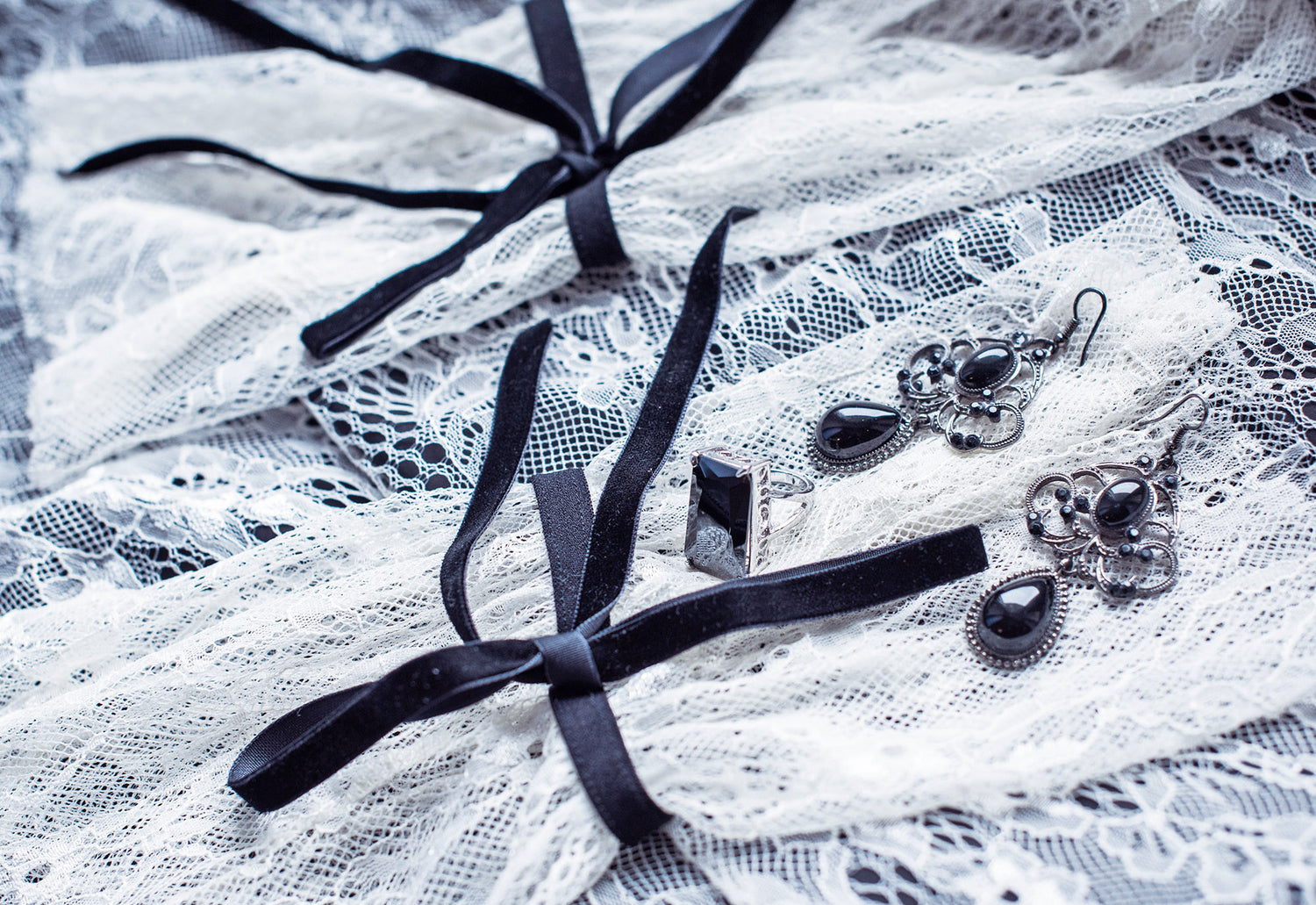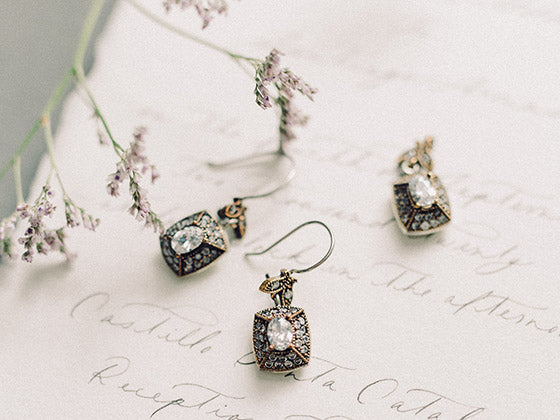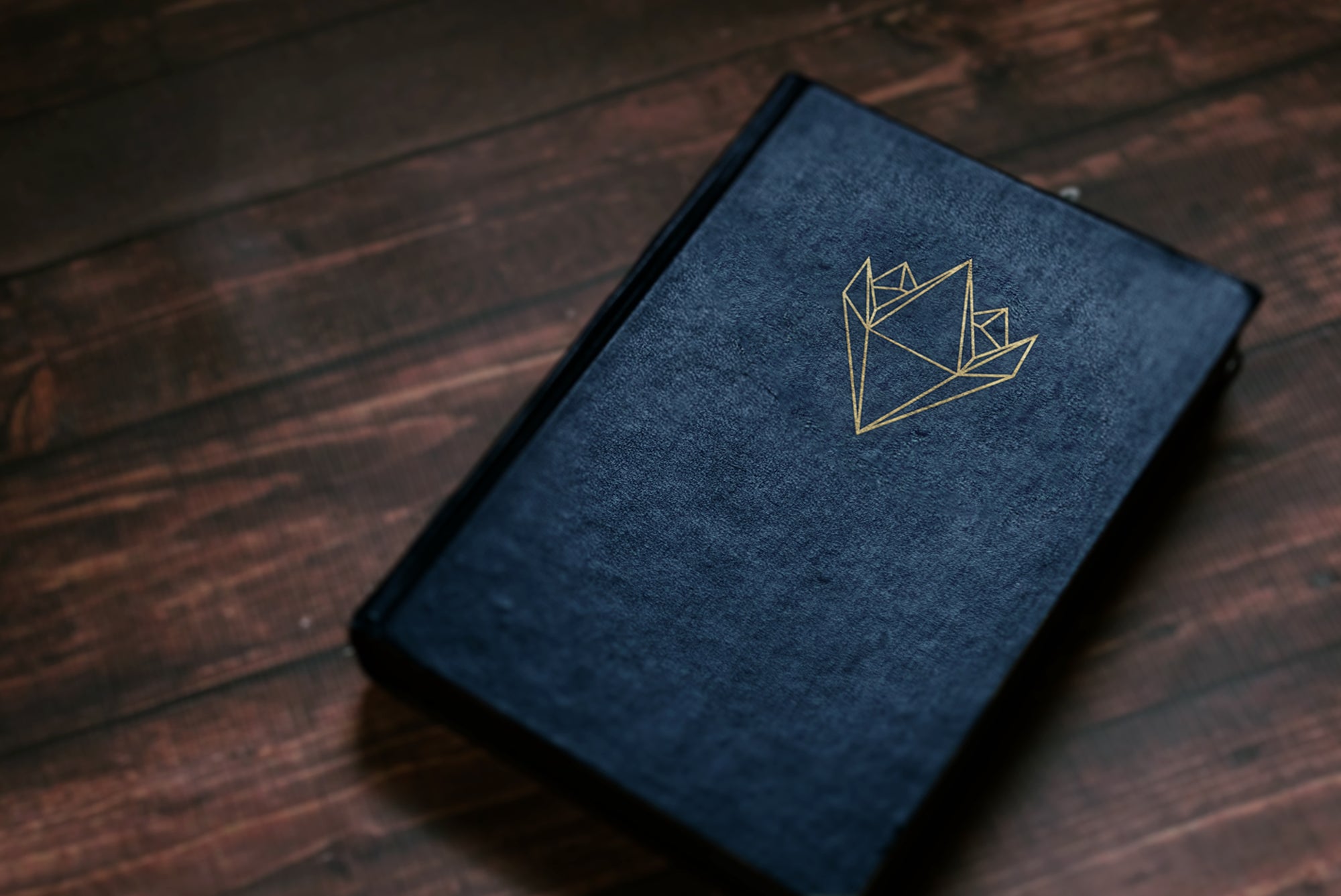THE ROMANTIC PERIOD . THE GRAND PERIOD . THE AESTHETIC PERIOD
The Romantic Period 1837-1860
The Victorian Era, began in 1837, when Queen Victorian reigned until her death in 1901. These sixty-four years are dissected into three paramount periods: the ‘Romantic’, the ‘Grand' and the ‘Aesthetic’. Each of these intervals were vastly divergent from one another. The chain of events that unfolded, lead to each of these periods emerging; inspiring and reflecting the themes and materials explored in both the style and design of jewellery.
Symbolising Love And Eternity, To Secret Love Messages
The union of Queen Victoria and Prince Albert, culminated the notion that love and faith was the golden coil, that encompassed the early 19th century. The symbol of eternity was frequently adorned with dreamy motifs such as: anchors, arrows, bows, buckles, crosses, eyes, hands, hearts and knots. Alternatively, a more subtle way to convey sentiment, involved setting an array of gemstones in a ring. The beginning letter of each gemstone, spelled out an endearment for a loved one. Most popular examples, of jewellery’s answer to a secrete love letter were, ’REGARD’ rings which were comprised of: Ruby, Emerald, Garnet, Amethyst and Ruby (set in a single line in that exact order). Other common acrostic jewellery, unraveled the words ‘LOVE’, ’DEAREST’, ‘ADORE’ and sometimes even the name of a loved one.

Flora And Fauna, Where Naturalism Meets Romanticism
Nature was portrayed in Victorian jewellery with an idealistic approach, each petal or leaf was symmetrical in both shape and size. As well as, flora being depicted, fauna was equally at the centre of illustration with the use of birds, insects and animals. The most prominent example; was Queen Victoria’s snake ring, that was gifted to her by Prince Albert at their engagement. The eyes of the serpent were set with emeralds (Queen Victoria’s birthstone). This gesture conformed with the romantic themes of the time, as the snake signified infinite love, especially if it formed an ouroboros (a snake swallowing its own tail creating a circle).

The Development Of Intricate Metal Techniques Inspired By The Ancient Etruscan’s
Jewels were catalysed by the vast impact of the California Gold Rush and the Industrial Revolution. This permitted techniques to be developed; whereby metal was hammered in reverse to form a relief design, otherwise known as ‘Repoussé’. Prior to the influx of gold; ’Cannetille’ was a method that produced large designs with minimum amounts of metal, and was predominantly seen in Georgian and early Victorian Jewellery. The process begins with, fabricating thin sheets of metal or twisted wires to create: scrolls, spirals and flowers. Often entwined with small beads of granulation. The intricacy of this metal work, is thought to be inspired and revived from Ancient Etruscan jewels, that was uncharted up until this period.

Victorian Stick Pins, Where Bejewelled Beauty Encountered Functionality
An essential embellishment that would commonly be worn during the 19th century, was ornamental stick and scarf pins. These were convenient jewels, that would hold heavy fabrics (like silk, satin or lace) in place, near the neckline. The pins would consist of an elongated thin rod, topped with a bejewelled head. The head would typically be encrusted with gemstones and form a motif, that was considered relevant at the time. Oscar Wilde once expressed “that all beautiful things are made by those who strive to make something useful.” Indeed, these pins were both practical and aesthetically pleasing, at the same time. Expectedly, the pins were a fashion staple, that lasted throughout the entire Victorian Period.

The Revival Of Enamel, Goldsmith’s Embraced Their Inner Artistic Flair
Enamelling was a fashion, that regained admiration by the Victorian audience; ‘Champlevé’ and ‘Cloisonné’ were to be once again, employed in jewellery design. Not only were old methods adorned, but new ways of generating enamel was discovered. The advancements of machinery at the time, led to a renovated ‘Basse-Taille’ enamel being produced, otherwise known as ‘Guilloché’. Basse-Taille dates back to the 13th Century (late Medieval times), whereby transparent enamel was set flush into a shallow recess, which had been crafted within the metal. A design would of been either engraved or hammered, into the recess by hand. Consequently, the design is magically mirrored through the transparent enamel.

Similarly, Guilloché displays a pattern that is visible through the transparent enamel. However, the design is more elaborate and concentric, often termed ‘engine turning’, due to being manufactured with a lathe: metal that is mechanically rotated up against a cutting tool. This technique is most famous for being seen in exquisite egg-like jewels created by Fabergé.

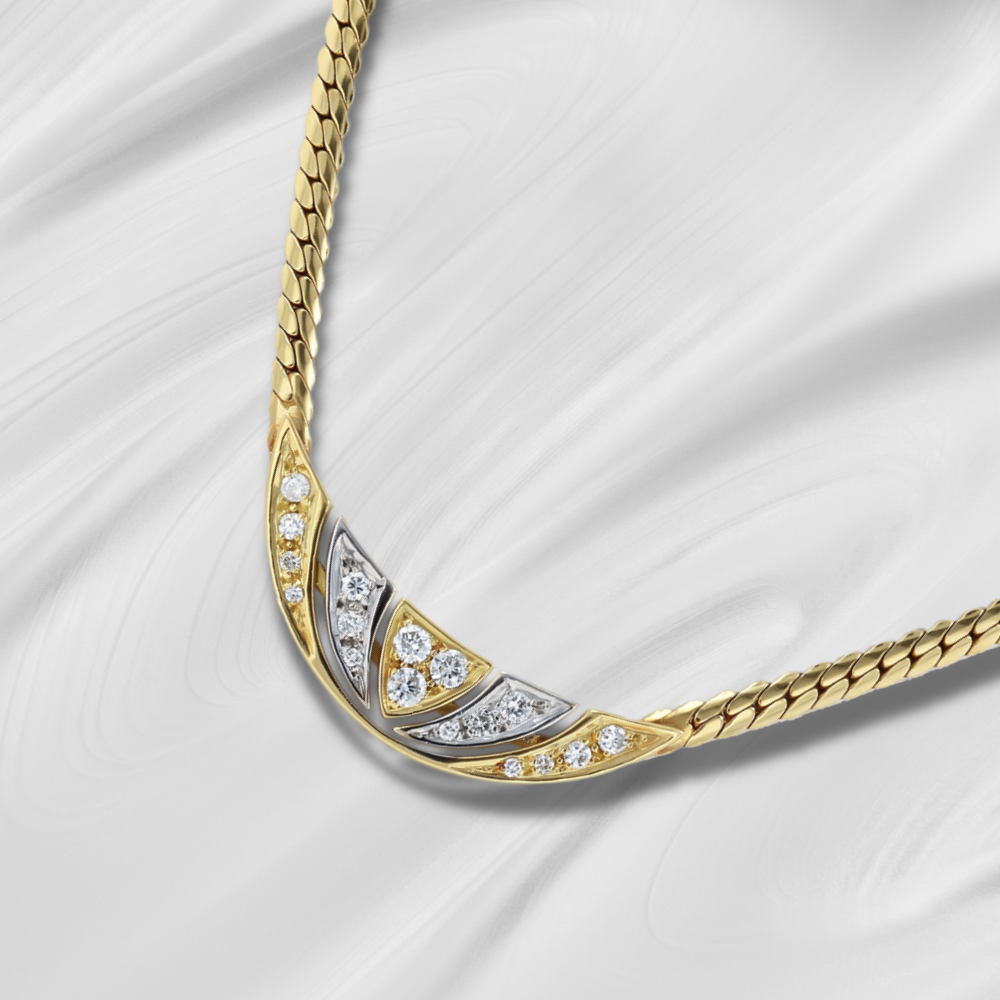
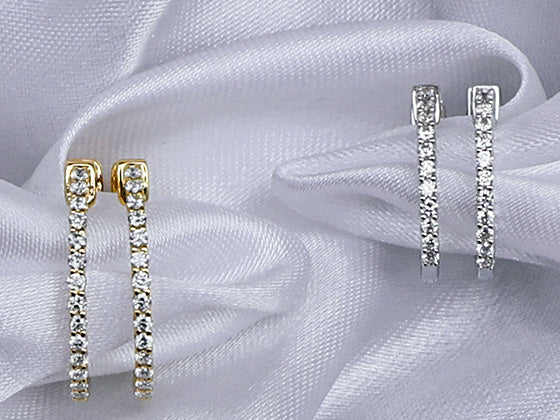
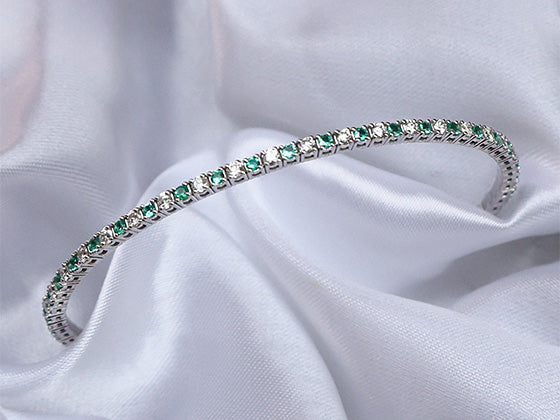

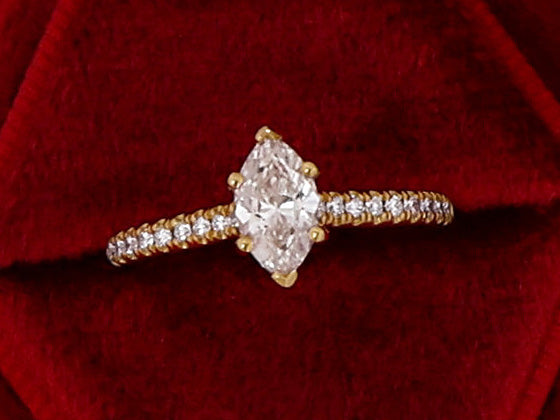
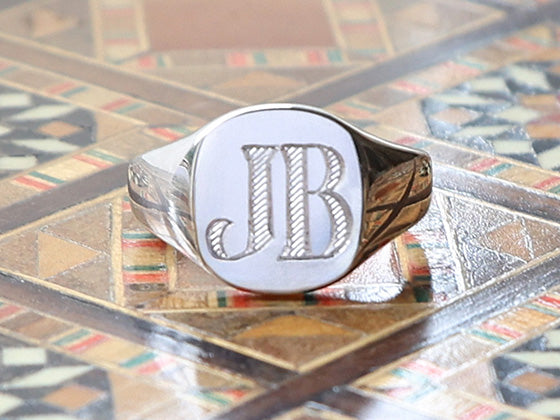
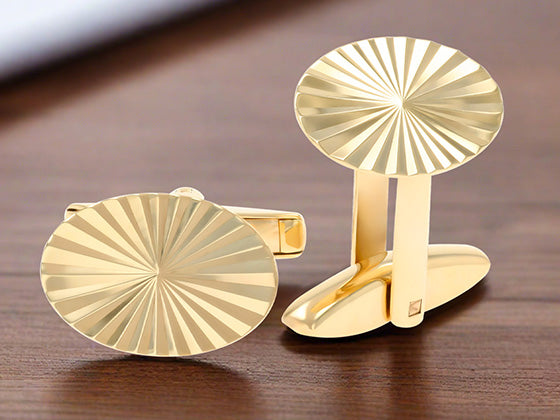
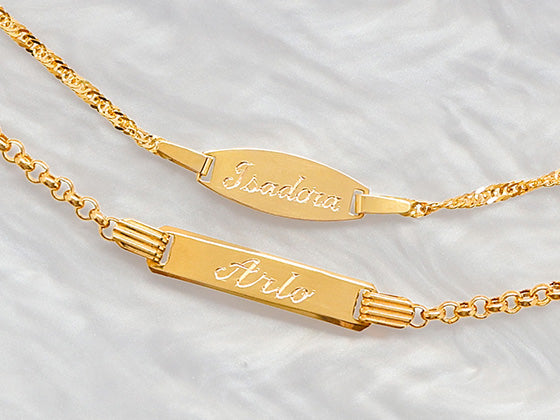
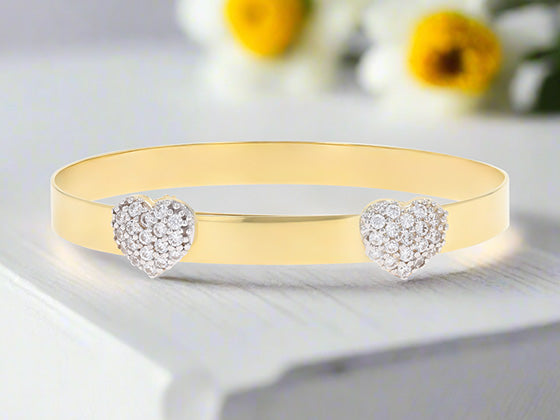
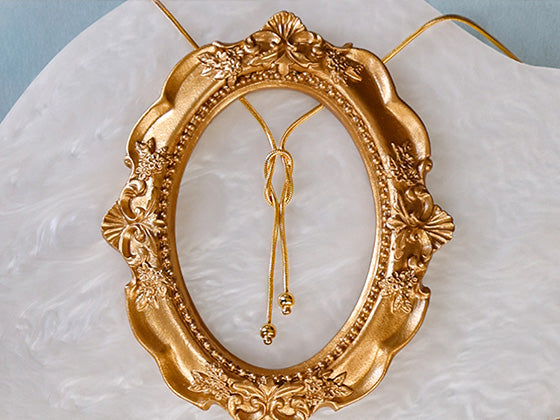
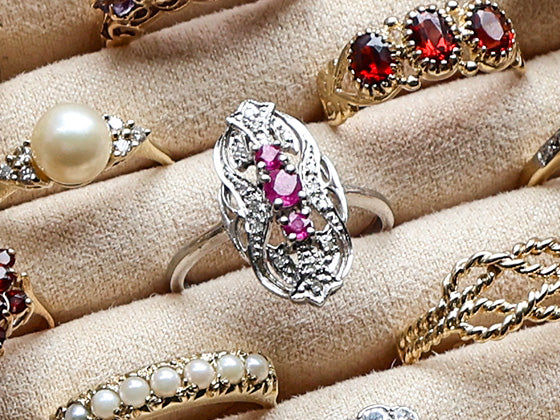
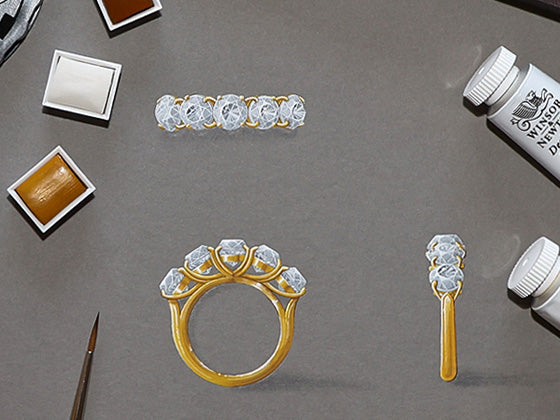
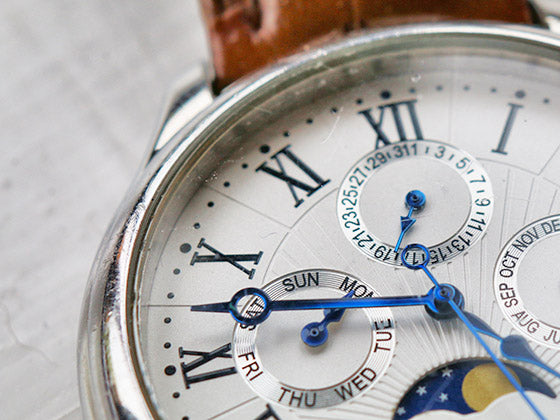
 Contact Us
Contact Us